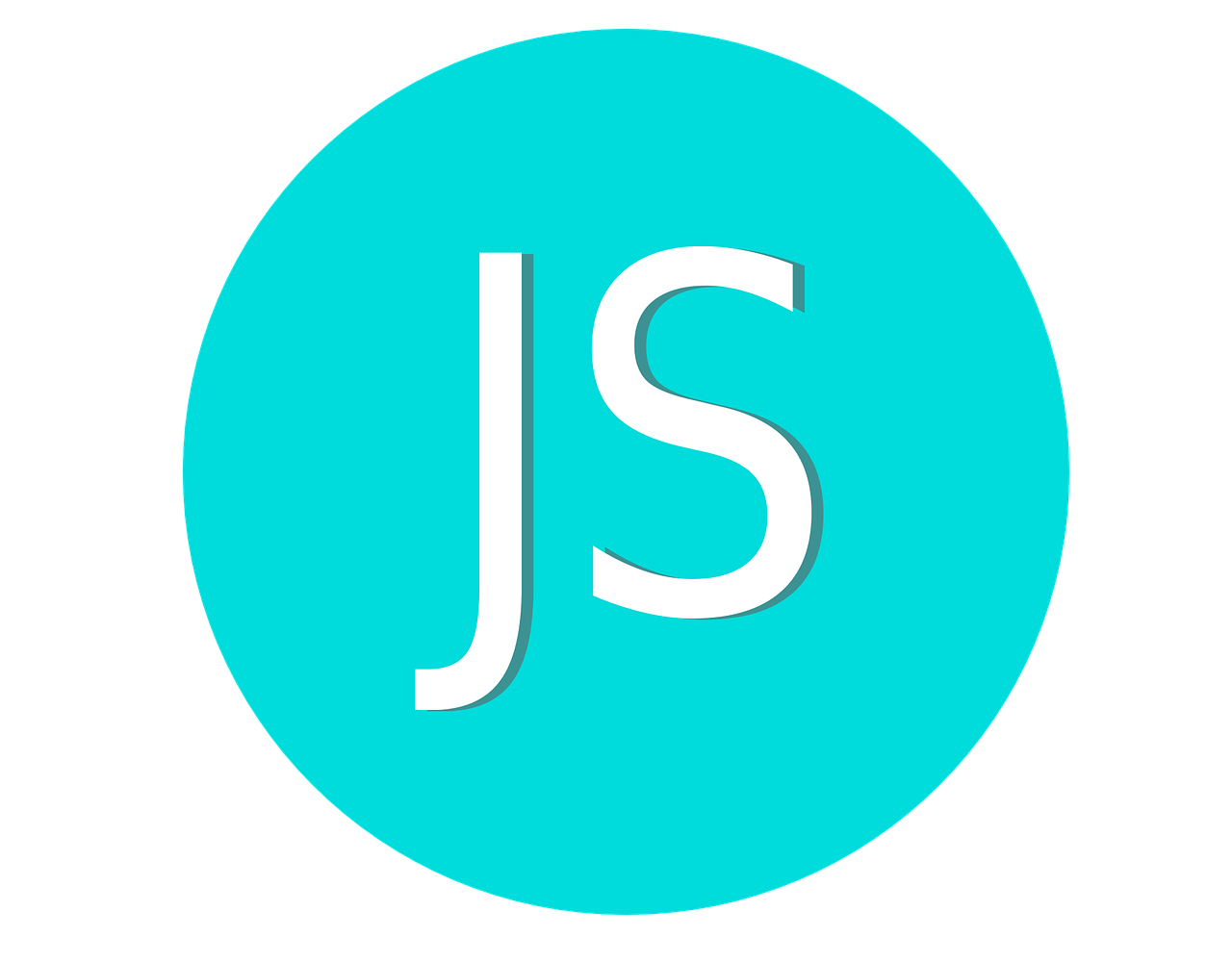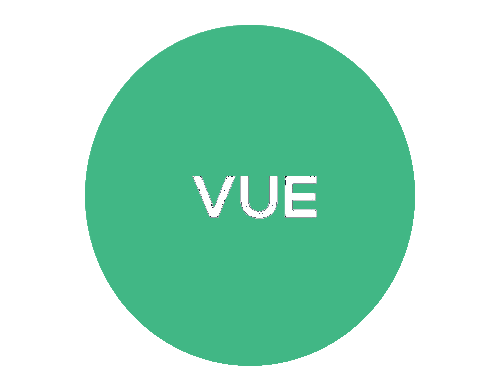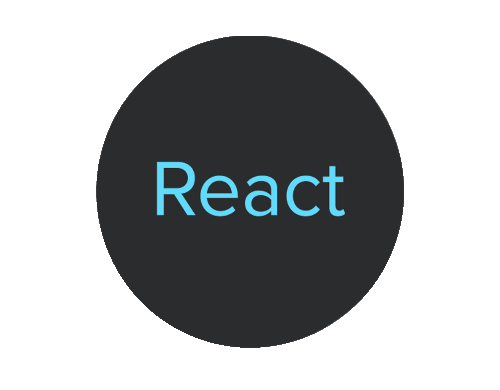Introduction
In this tutorial, we'll explore a simple yet powerful Vue.js application that demonstrates core concepts like two-way data binding, template syntax, and lifecycle hooks. We'll break down each part of the code and understand how it works.
What This Application Does
- Initial Load:
- Displays "Hello Vue 3!" in both the input field and as text
- Shows the number 11 (the length of "Hello Vue 3!")
- After 3 Seconds:
- Automatically changes the message to "the message has been changed"
- Updates both the input field and displayed text
- Shows the new length (25)
- User Interaction:
- Users can type in the input field
- The displayed text and length update in real-time
- Demonstrates Vue's reactive two-way data binding
Key Concepts Demonstrated
- Reactivity:
- Vue's reactive data system automatically updates the UI when data changes
- Changes can come from both code (setTimeout) or user input
- Two-way Data Binding:
- The v-model directive creates a two-way connection between the input and data
- Changes in either the input or data are reflected in both places
- Template Syntax:
- Double curly braces {{}} for text interpolation
- Vue directives (v-model) for DOM manipulation
- JavaScript expressions in templates (message.length)
- Lifecycle Hooks:
- Using mounted() to execute code after the component is ready
- Understanding when and why to use lifecycle hooks
The Complete Code
First, let's look at the complete code we'll be discussing:
const { createApp } = Vue;
const apps = createApp({
data() {
return {
message: "Hello Vue 3!",
};
},
mounted() {
setTimeout(() => {
this.message = "the message has been changed";
}, 3000);
},
});
apps.mount("#app");
//html
<div id="app">
<input type="text" v-model="message"/>
{{message}} {{message.length}}
</div>
Breaking It Down
1. Creating the Vue Application
- We start by destructuring the createApp function from the Vue object
- This is the starting point of any Vue 3 application
- createApp creates a new Vue application instance
const { createApp } = Vue;
const apps = createApp({...});
2. Setting Up the Data
- The data() function returns an object containing our application's reactive data
- We define a single property message with an initial value of "Hello Vue 3!"
- This data property will be reactive, meaning Vue will track changes to it
data() {
return {
message: "Hello Vue 3!",
};
}
3. Using the Mounted Lifecycle Hook
- mounted() is a lifecycle hook that runs after the component is mounted to the DOM
- We use setTimeout to change the message after 3 seconds
- This demonstrates how reactive data updates automatically reflect in the UI
mounted() {
setTimeout(() => {
this.message = "the message has been changed";
}, 3000);
}
4. The Template
- The id="app" identifies where our Vue application will be mounted
- v-model="message" creates two-way data binding with our input field
- {{message}} displays the current value of the message
- {{message.length}} shows the length of the message string
5. Mounting the Application
This line connects our Vue application to the DOM element with id="app"
The application won't work until this step is performed
<div id="app">
<input type="text" v-model="message"/>
{{message}} {{message.length}}
</div>
apps.mount("#app");



